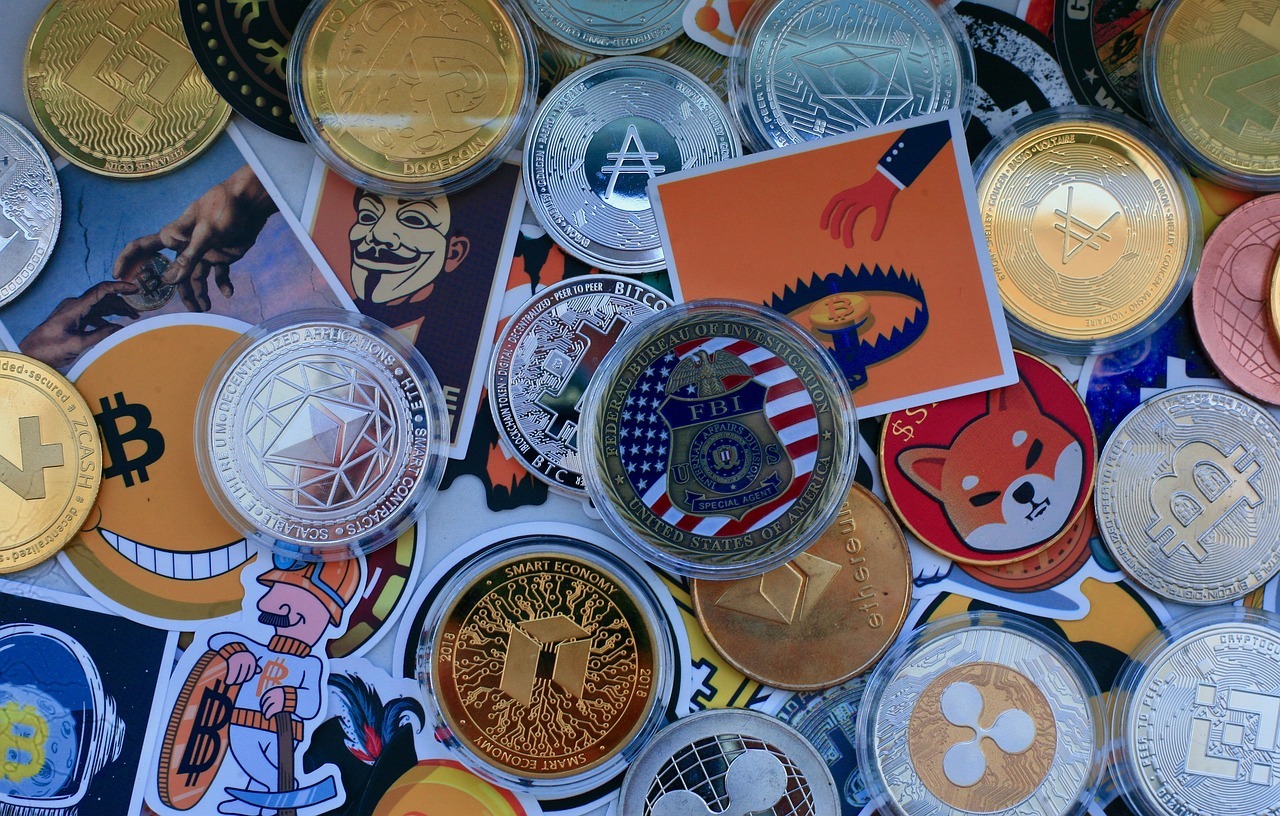Price slippage is a familiar phenomenon traders encounter when dealing with cryptocurrencies. It occurs when trade orders don’t always execute at the desired price; sometimes, the order will run at a higher price, and other times it will be conducted at a lower rate. As such, it’s crucial to understand how slippage works to make successful trades.
So, what is slippage and how to manage it?
How Does Slippage Work?
Slippage occurs when the market price changes between when an order is placed and when it is executed. That means that even if you buy a certain amount of cryptocurrency at one price, the rate might be slightly different by the time your order is filled. The difference in prices is what slippage refers to.
Slippage, in the context of trading, can have both a positive and a negative effect on your deals. Positive slippage occurs when an order is executed at a lower price than initially requested, allowing you to benefit from favourable market conditions and obtain a higher purchasing rate, potentially maximising your buying power and overall profitability. This phenomenon can be advantageous for traders seeking to optimise their trading strategies and capitalise on market fluctuations.
On the other hand, negative slippage occurs when an order is executed at a lower price than the one originally intended. This can happen due to various factors such as market volatility, liquidity issues, or delays in order execution. For example, if you place a sell order for one LTC at $50 but end up selling it for $48, your transaction has experienced negative slippage, resulting in a lower selling price than anticipated. It is important to be aware of slippage risks and consider implementing strategies to minimize its impact when trading in dynamic markets.
How Does Slippage Happen?
The factors that contribute to slippage in cryptocurrency trading are primarily the same as those for other types of trading. These include:
-
Price Volatility
The crypto market, known for its ever-changing nature and unpredictable price fluctuations, is widely recognized for its inherent volatility. This dynamic environment is influenced by various factors such as market demand, regulatory developments, and technological advancements. As a result, the prices of different digital assets may rapidly vary in value, impacting your orders and causing slippage.
-
Liquidity Issues
Low liquidity in specific cryptocurrencies can cause slippages in orders. When there are not many buyers and sellers, the order may be executed at a different price than what was initially expected. This is especially true for large orders, as the cost shift can be substantial. As such, traders must always consider the potential risks of low liquidity when trading a particular cryptocurrency.
-
Time Delays
Slippage can result from delays in executing orders. When orders are not promptly executed, price movements may cause the order to be filled at a different price than anticipated. Hence, traders must diligently monitor their orders to prevent unwarranted slippage stemming from time delays.
Slippage Prevention Methods
Slippage can be expensive, especially for short-term traders who frequently execute trades. However, there are strategies to minimise or reduce the impact of slippages in your transactions.
When you incorporate liquid assets into your portfolio, you can minimise the risk of experiencing losses due to transactional slippages. This is because these investments are easily converted to cash and give you the ability to respond quickly to any unexpected market changes. As a result, liquidity will bolster your financial security and provide you with more options when seeking profitable investment opportunities. Therefore, include liquid assets in your portfolio to protect all transactions and maximise your investment returns.
To reduce the effects of slippages, trading in calmer markets is a possible solution. Nevertheless, this may seem impossible when it comes to cryptocurrencies due to their high level of volatility and sharp price movements. To limit your losses from significant slippages, you should avoid conducting transactions at times when major news or announcements could affect the market’s behaviour.
Limit orders are a great way to protect yourself from slippage while trading. Slippage only occurs when market orders are used, as these execute at the best market price regardless of your set cost. Limit orders guarantee that you get what you pay for and do not have to worry about getting less than what you expected due to fluctuations in the market. This ensures that your order is completed exactly as you wanted, with no surprises.
Setting limit orders can be beneficial, but they may not consistently execute as planned. It’s essential to keep this in mind when weighing the pros and cons of using limit orders, as you could end up missing out on a reasonable price opportunity.
Tolerance for Slippage: What Is It?
Slippage is a common issue when trading, but enforcing a slippage tolerance can help minimise these fluctuations’ impact. By placing your slippage tolerance to a particular figure, you are allowing yourself to be exposed to an acceptable level of volatility in prices.
For instance, let’s say you have a slippage tolerance of 3%. If you are looking to invest $100 in a cryptocurrency asset, you will accept either the highest price of $103 or the lowest price of $97. The exchange won’t go forward with the transaction if it dips below $104 or goes above $96 per share.
Conclusion
Slippage is inevitable in trading. However, understanding its causes and reducing it can make a big difference. Limit orders are an effective way to protect yourself, ensuring you get what you pay for without surprises. Consider investing in liquid assets to minimise losses from significant slippages. Also, avoid trading during major news events to limit exposure to price volatility. With these strategies, you can ensure smooth trades and maximise returns!
